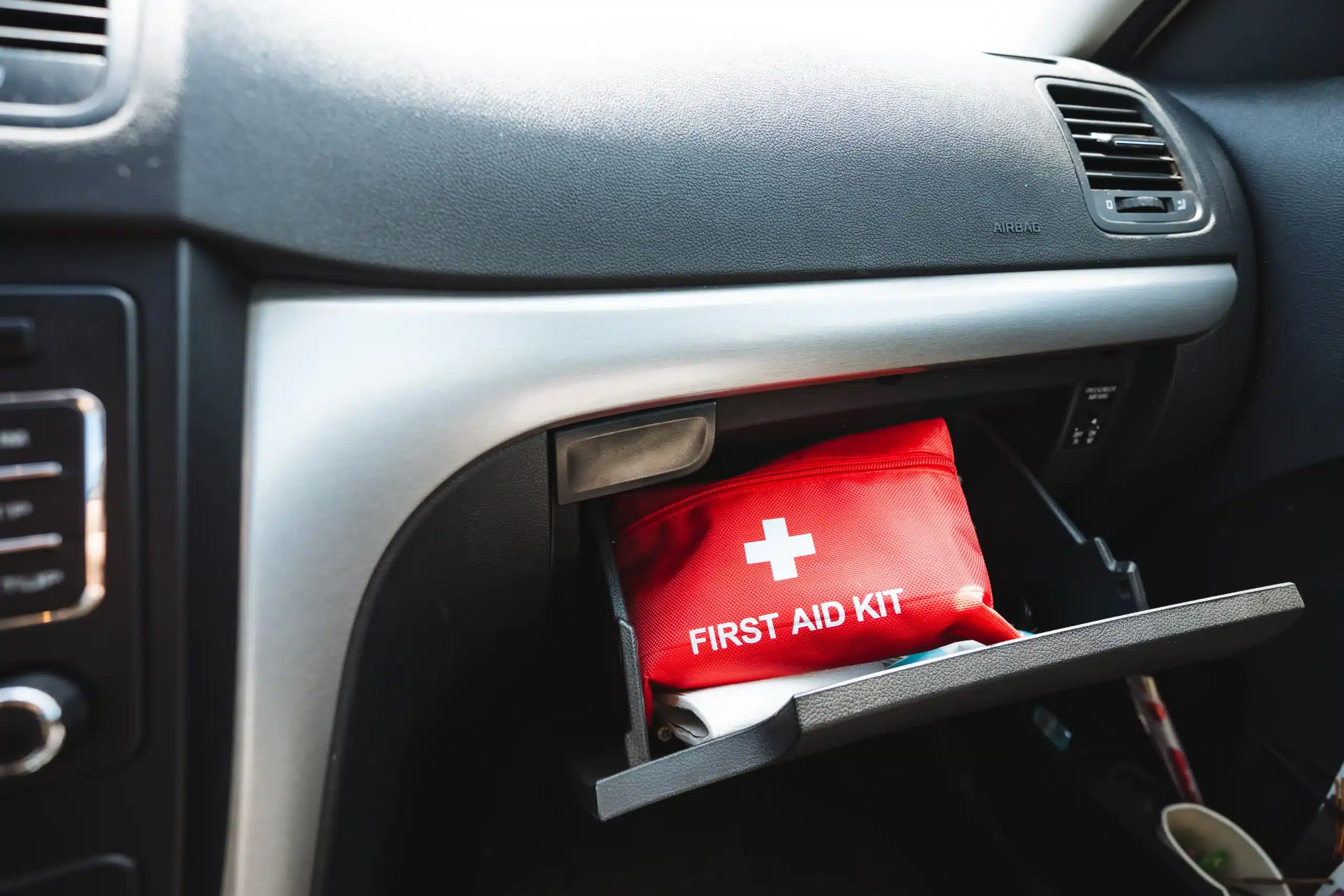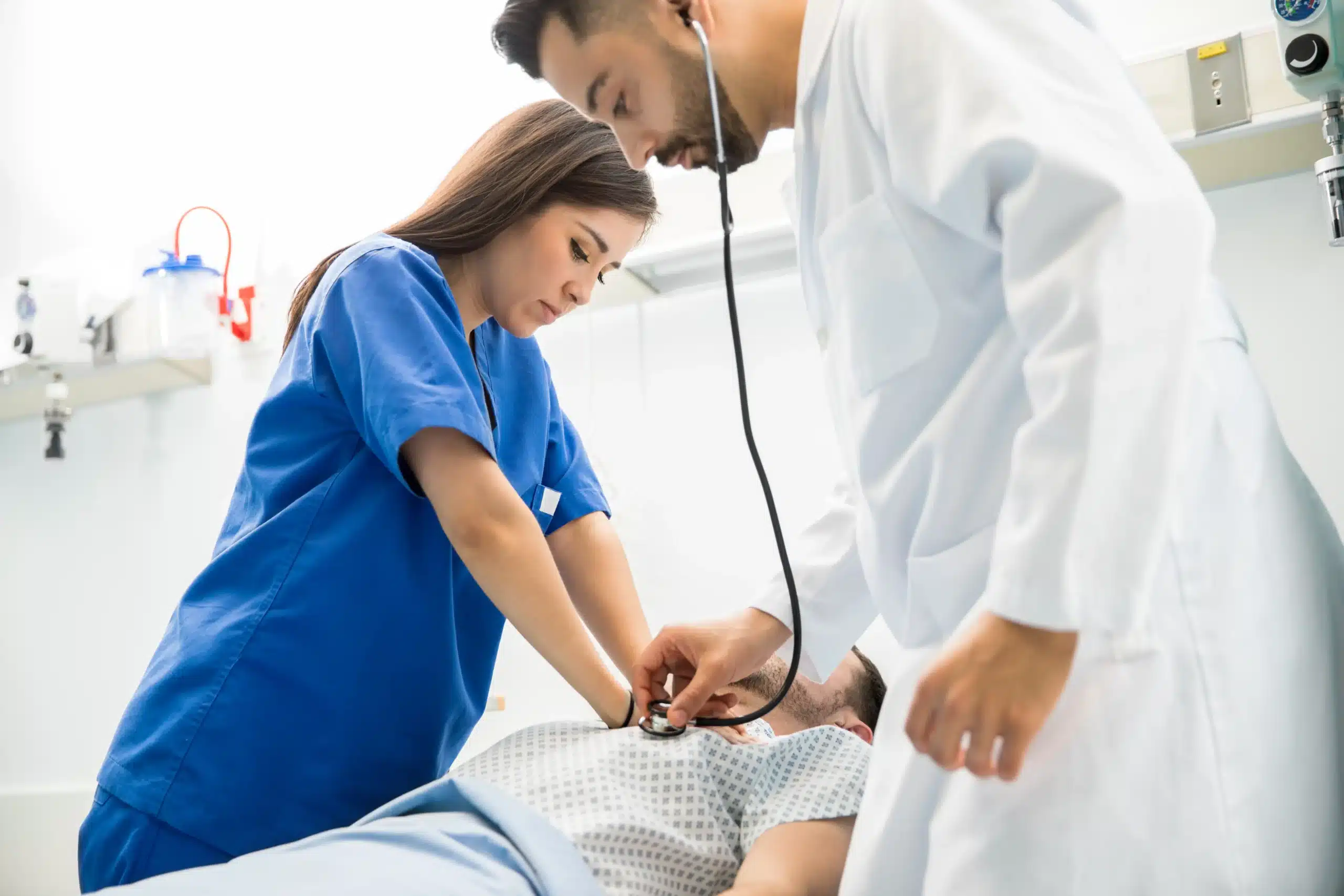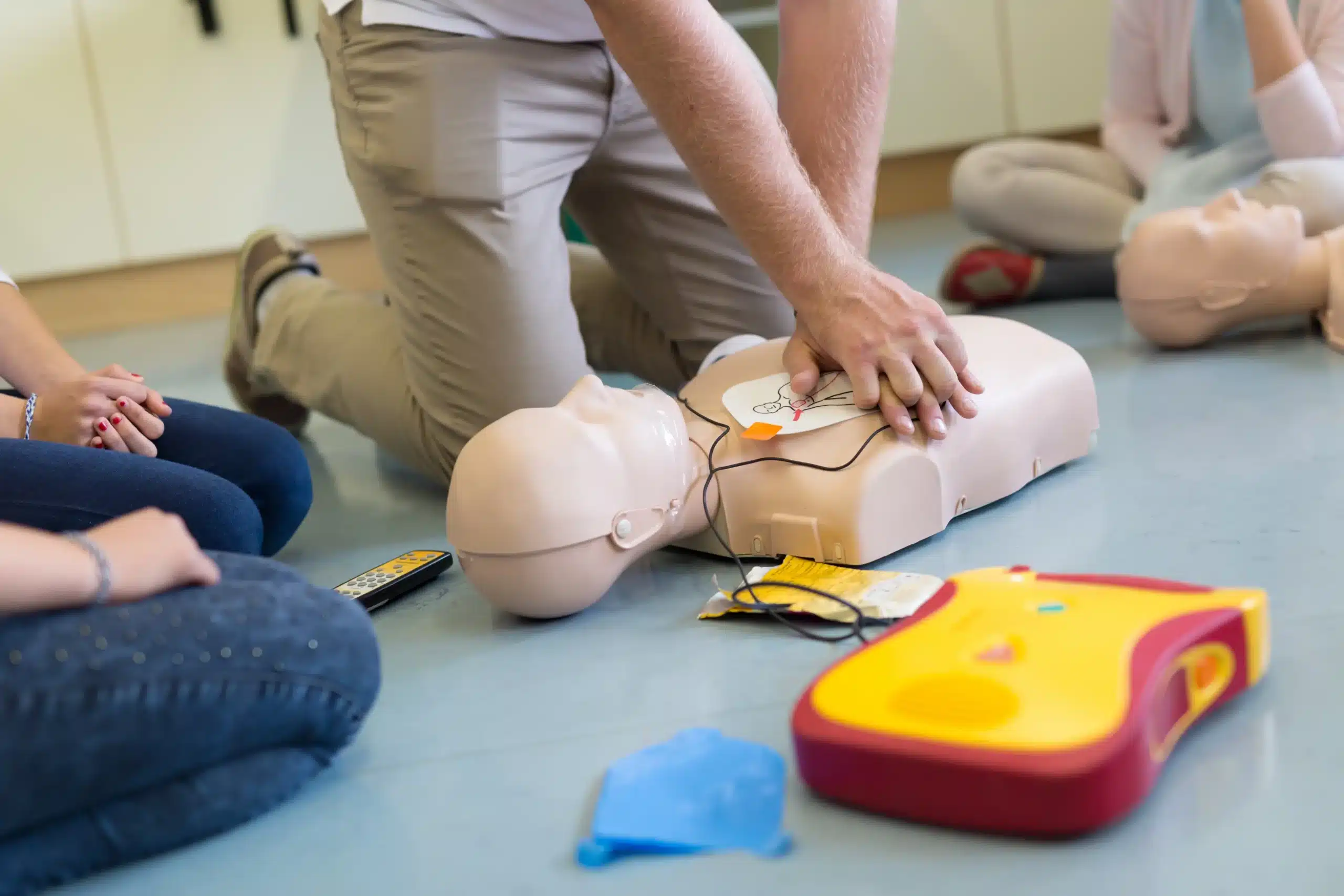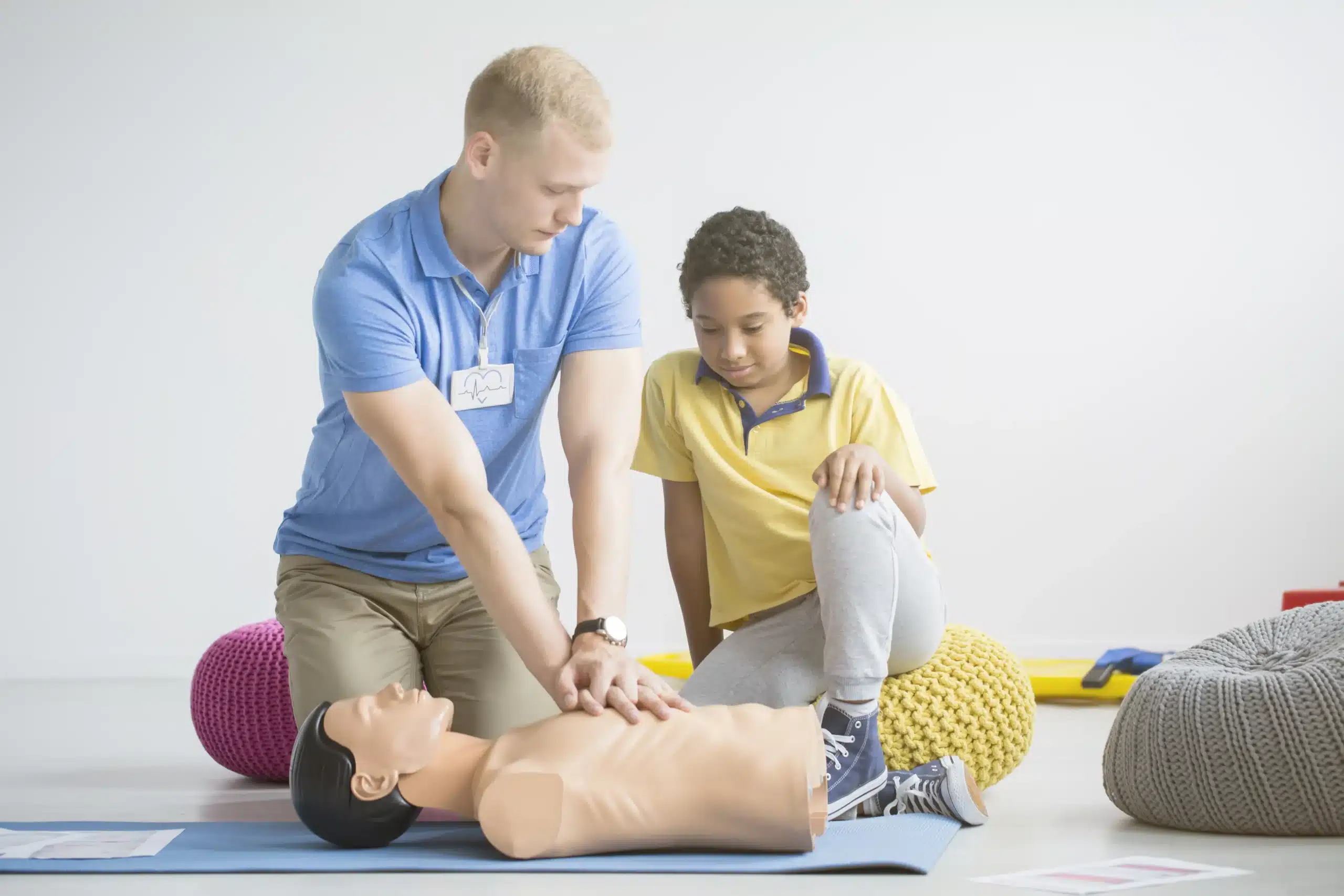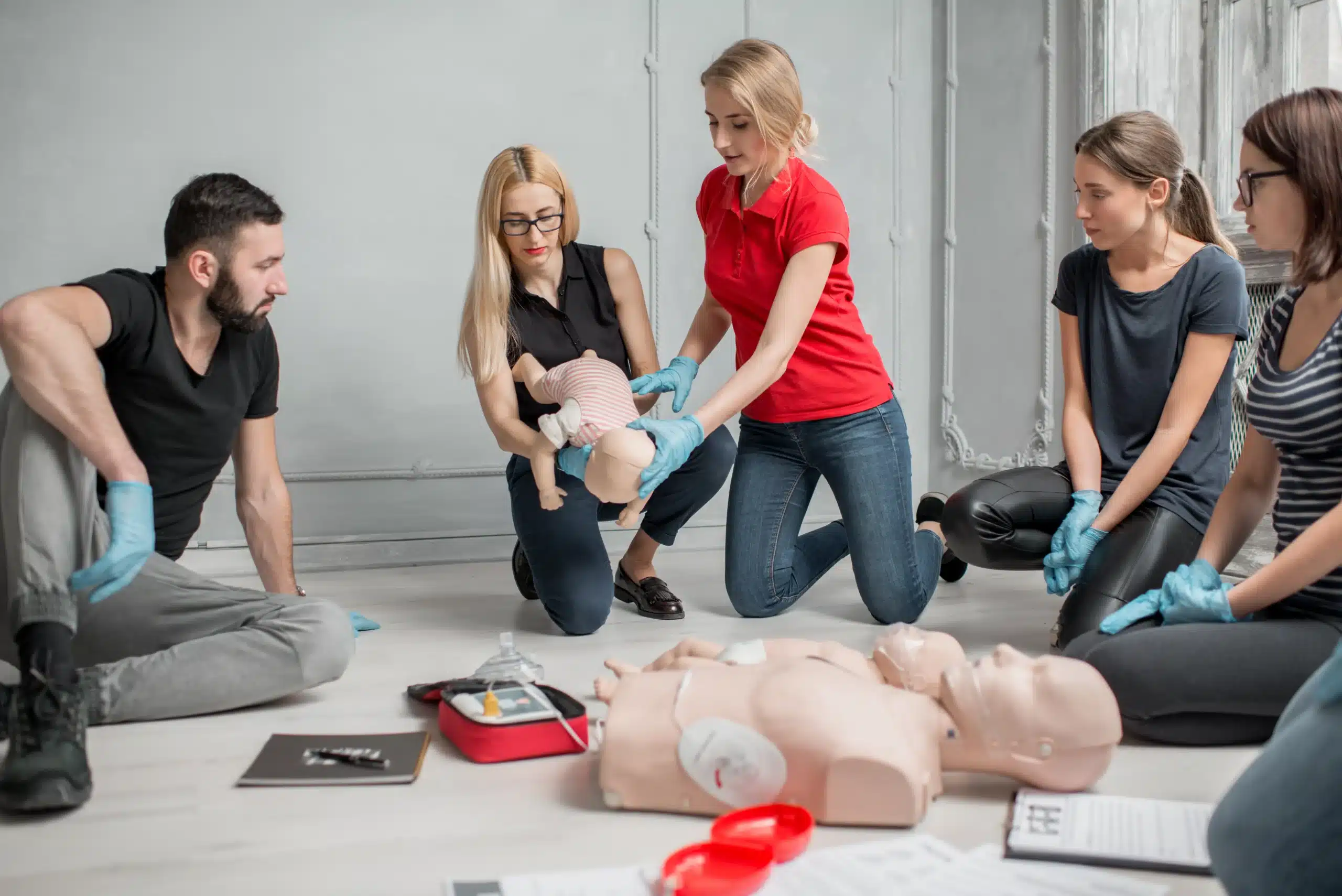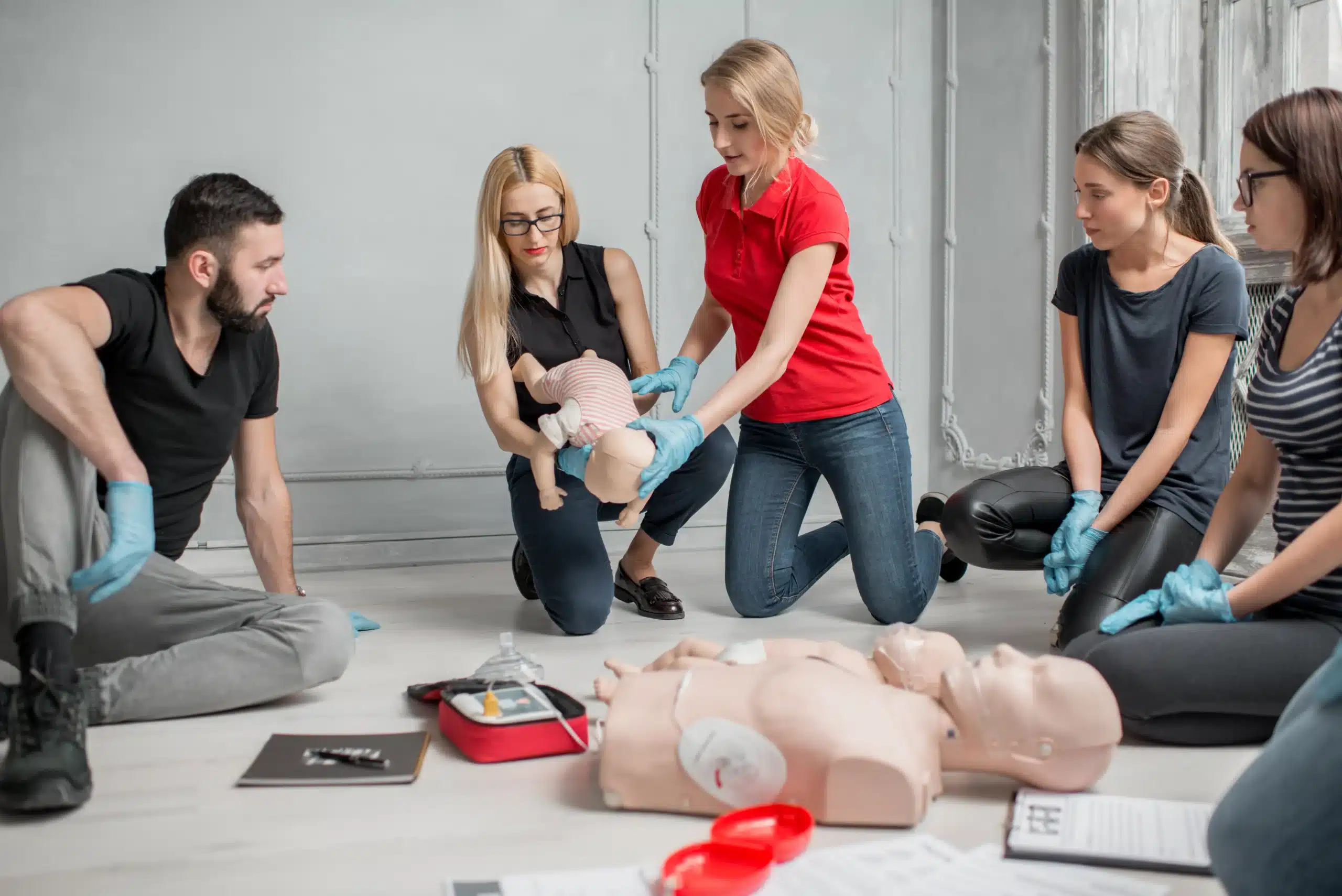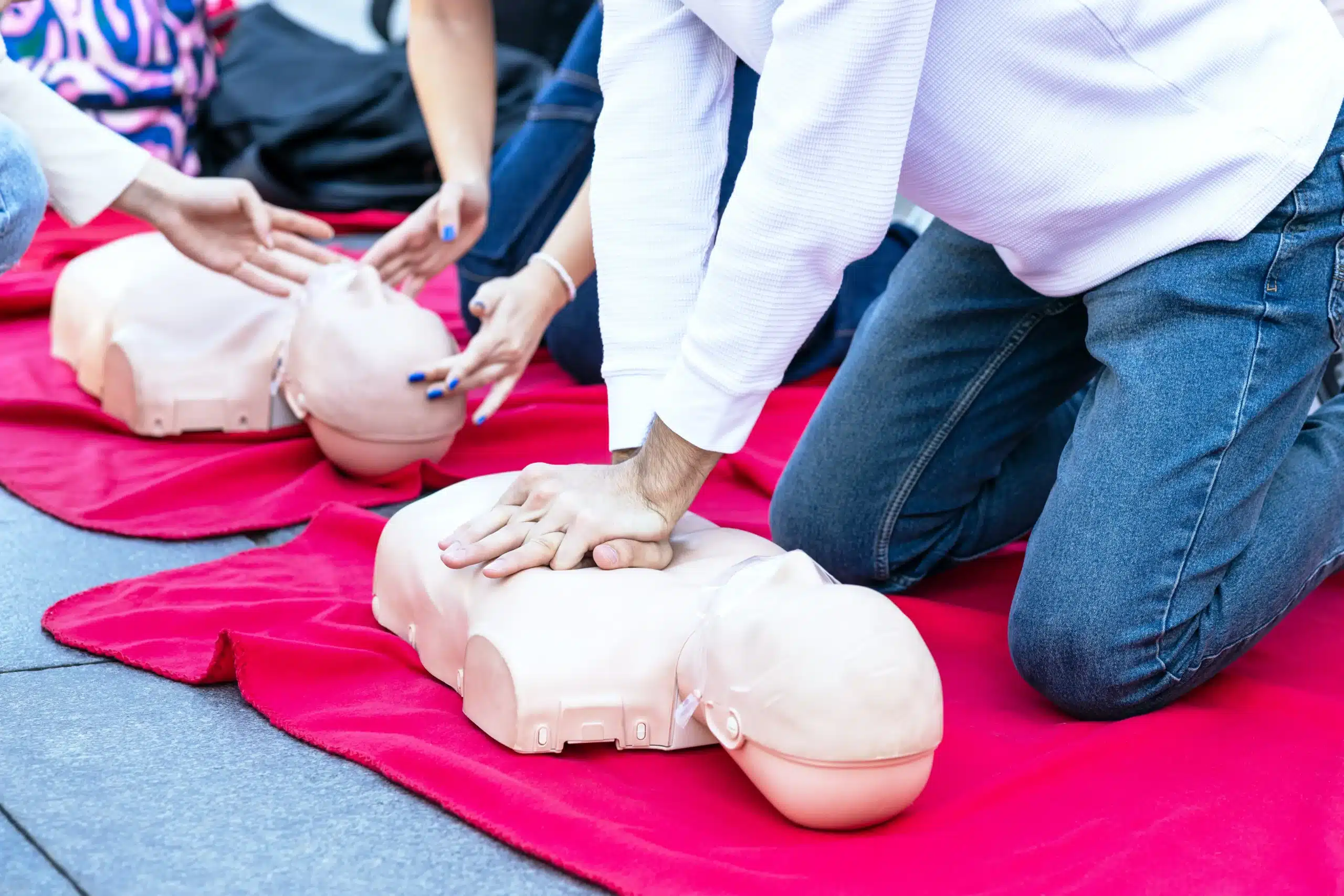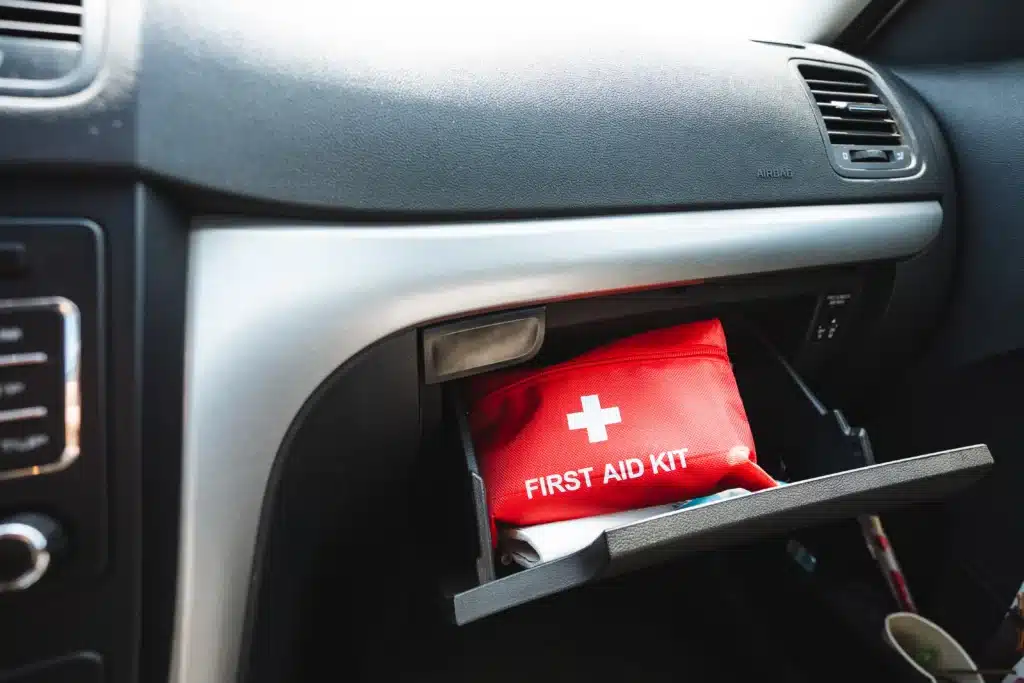Medical emergencies can happen anytime, anywhere. Are you prepared? This guide will help you understand the importance of BLS training and how it can equip you to respond effectively in critical situations. We’ll cover the essentials of BLS, including how to find ‘bls training near me’, what the training entails, and how to maintain your certification. Whether you’re a healthcare professional, a childcare provider, or simply want to be prepared, this guide is your starting point.
Key Takeaways
- BLS training provides essential life-saving skills: Learn CPR, how to use an AED, and recognize the signs of cardiac arrest and other medical emergencies. This knowledge empowers you to act quickly and confidently in critical situations.
- Finding the right BLS course is easy: Look for AHA-certified training centers near you that offer flexible scheduling and experienced instructors. Compare costs and read reviews to choose a program that fits your needs and learning style.
- Maintain your BLS skills and certification: Regularly review the techniques learned in your training and plan to recertify before your certification expires. Staying prepared ensures you can always respond effectively in a medical emergency.
What is BLS Training & Why Do You Need It?
Knowing how to respond to a medical emergency can make all the difference. Basic Life Support (BLS) training equips you with the skills to act quickly and confidently in critical situations. This section covers what BLS training entails and who can benefit from it.
What is BLS?
BLS is a level of medical care used for victims of life-threatening illnesses or injuries until they can receive full medical care at a hospital. It is critical to ensure the victim’s continued breathing, heartbeat, and circulation. BLS training teaches you the essential skills to respond to these emergencies, including CPR, recognizing the signs of someone having a heart attack or stroke, and how to use an automated external defibrillator (AED). It emphasizes early intervention and quick action, providing a bridge of survival until advanced medical help arrives.
Who Needs BLS Certification?
BLS certification is crucial for a wide range of individuals, especially those in healthcare. Healthcare providers, like doctors and nurses, rely on BLS skills daily. Other professionals who benefit from BLS certification include paramedics, emergency medical technicians (EMTs), certified nursing assistants (CNAs), and other first responders. The American Heart Association’s BLS course is designed for these professionals and others who need to know how to perform CPR and other basic cardiovascular life support skills. Even if you’re not a medical professional, BLS training can be invaluable. It empowers individuals to respond effectively in emergencies, potentially saving lives in their communities, workplaces, or even at home. For those working with children, like teachers, daycare providers, and camp counselors, BLS certification provides added safety and preparedness. Check out our CPR and First Aid courses in San Pablo to learn more.
Find Top BLS Training Near You
Finding the right BLS training program is easier than you think. Here’s how to find a course that fits your schedule and learning style:
Search Online
Start with a simple online search for “BLS training near me.” This will give you a good overview of available courses and providers in your area. Look for providers who offer American Heart Association (AHA) certified courses, as this is the gold standard for BLS training. Reading online reviews can also offer helpful insights into other students’ experiences.
Check Local Healthcare Institutions
Hospitals and clinics often offer BLS training for their staff and the community. Check with your local hospitals or urgent care centers to see if they have any upcoming courses. These institutions often have experienced instructors and state-of-the-art training equipment.
Find AHA Training Centers
The American Heart Association has a network of authorized training centers that offer BLS courses. You can use their website to find a training center near you, ensuring you receive high-quality instruction that meets the AHA’s standards.
Explore Community Colleges & Vocational Schools
Many community colleges and vocational schools offer BLS training as part of their healthcare programs. These courses are often more affordable than those offered by private providers. Check with your local community college or vocational school to explore their offerings.
Consider Safety Training Seminars
Safety Training Seminars offers convenient and affordable BLS, CPR, and first-aid certification courses in over 60 cities across Northern California, including San Pablo, Richmond, Berkeley, and Oakland. We offer a low price guarantee and classes are available daily, making it easy to find a time that works for you. Contact our team to learn more.
What to Expect in BLS Training
Knowing what to expect can help you feel prepared and confident going into your BLS training. Here’s a rundown of what your course will likely entail:
Course Formats: In-Person, Online, & Hybrid
BLS training courses are offered in several formats to fit your learning style and schedule. You can choose from traditional in-person classes, online learning, or a hybrid approach. Online courses offer flexibility, while in-person training provides valuable hands-on practice and direct interaction with instructors. Hybrid courses offer a balance of both. Consider which format best suits your needs.
Time Commitment
BLS courses typically take a few hours to complete, depending on the format and provider. In-person classes often take a full day, while online modules can be completed at your own pace. Hybrid courses usually involve a shorter in-person skills session after the online portion. Factor in travel time and any pre-course work when estimating the total time commitment. For example, BLS classes in San Francisco typically range from a half-day to a full day of instruction.
Skills & Knowledge You’ll Learn
BLS certification equips you with the skills to respond to life-threatening emergencies. You’ll learn how to recognize the signs of cardiac arrest and respiratory distress, perform high-quality CPR (including chest compressions and rescue breaths), use an AED, and relieve choking. The course also covers essential teamwork and communication skills for effective emergency response. These skills are crucial for healthcare providers and anyone who wants to be prepared to help in a crisis.
Hands-On Practice & Simulations
BLS training emphasizes hands-on practice to build confidence and proficiency. You’ll practice CPR and other life-saving techniques on mannequins in a simulated environment. This allows you to apply what you’ve learned in a safe setting, preparing you to respond effectively in real-life emergencies. Blended learning courses like HeartCode BLS offer a combination of online coursework and in-person skills sessions.
Certification Process & Validity
After successfully completing the course requirements, including written exams and skills demonstrations, you’ll receive an American Heart Association BLS Provider Course Completion Card. This nationally recognized certification is typically valid for two years. Make sure to renew your certification before it expires to maintain your skills and credentials.
Choose the Right BLS Training Provider
Finding the right BLS training provider is crucial for a positive learning experience and ensures your certification meets industry standards. Here’s what to consider:
Accreditation & Reputation
First, confirm the training provider is accredited by a recognized organization like the American Heart Association (AHA). AHA-certified courses, like those offered by Safety Training Seminars, adhere to the latest scientific guidelines and are widely accepted. A provider’s reputation matters too. Look for established providers with a history of quality training. A solid reputation often reflects the quality of instruction and resources.
Instructor Qualifications
Experienced, certified instructors are essential for effective BLS training. Instructors should possess up-to-date certifications and demonstrate a strong understanding of adult learning principles. The AHA’s BLS Course is designed for healthcare professionals, so instructors should be well-versed in this audience’s specific needs. Enquire about the instructors’ backgrounds and experience before registering.
Course Costs & Discounts
While cost shouldn’t be the only factor, compare pricing. Look for transparent pricing structures that clearly outline all fees. Some providers, like Safety Training Seminars, offer a low-price guarantee. Also, check for discounts for students, groups, or returning learners. BLS certification is often more comprehensive than basic CPR, so factor in the added value.
Scheduling Flexibility
Your schedule shouldn’t be a barrier. Choose a provider that offers various class times and formats to accommodate your needs, like weekend, evening, or accelerated courses. Safety Training Seminars offers flexible scheduling at multiple locations, making it easier to fit training into your life.
Student Reviews & Testimonials
Reading reviews and testimonials from past students offers valuable insights into a training provider’s strengths and weaknesses. Look for feedback on the instruction quality, course materials, and overall learning experience. Positive reviews often indicate a provider’s commitment to student success. You can also reach out to your professional network for recommendations.
Prepare for BLS Training & Maintain Certification
Getting ready for your BLS training and keeping your certification current is straightforward. Here’s what you need to know to feel confident and prepared.
Prerequisites & Materials
There aren’t usually any strict prerequisites for BLS training. It’s designed to be accessible to everyone from healthcare providers to concerned citizens. Some providers, like Safety Training Seminars, offer courses specifically designed for healthcare professionals, including our convenient RQI program. Check with your chosen training center to see if they have specific requirements. Materials are usually included in the course fee, but confirming this beforehand is always a good idea.
Study Tips & Resources
While you don’t need advanced medical knowledge, familiarizing yourself with basic life support concepts before class can be helpful. The American Heart Association website offers a wealth of resources on CPR and emergency cardiovascular care. You can also find study guides and practice tests online. Remember, BLS training goes beyond basic CPR, covering a broader range of skills, so take advantage of available resources to get a head start.
What to Bring to Class
Comfort is key! Wear comfortable clothing suitable for hands-on practice. Bring a notebook and pen to jot down notes, though most courses provide materials. If you have any specific physical limitations or require accommodations, inform your instructor beforehand so they can make the necessary arrangements. You can always reach out to the training center with questions—Safety Training Seminars has a dedicated customer service team available daily. Our San Pablo location serves Richmond, Berkeley, and Oakland, CA.
Maintain & Renew Your Certification
BLS certification is typically valid for two years. To maintain your skills and ensure you’re prepared for emergencies, stay up-to-date on the latest guidelines and techniques. Many providers offer refresher courses or renewal options as your certification expiration date approaches. Mark your calendar and plan to recertify in advance to avoid any lapses in your credentials. Check out our CPR and First Aid courses for convenient renewal options.
Use BLS Skills in Real-Life Situations
While we hope you never have to use your BLS skills in a real emergency, being prepared is crucial. Regularly reviewing the techniques and procedures learned in your BLS training will help you stay sharp and confident. Consider participating in mock drills or scenarios to practice your skills in a simulated environment. This will help you react quickly and effectively under pressure should the need ever arise.
Related Articles
- Basic Life Support in Richmond: A Practical Guide – San Pablo CPR Classes
- BLS Classes in Richmond: Your Certification Guide – San Pablo CPR Classes
- BLS for Healthcare Providers in Berkeley: A Complete Guide – San Pablo CPR Classes
- BLS Certification in Richmond: Your Complete Guide – San Pablo CPR Classes
- BLS Renewal in Richmond: Your Complete Guide – San Pablo CPR Classes
Frequently Asked Questions
What’s the difference between BLS and CPR?
CPR (Cardiopulmonary Resuscitation) is a specific technique used within BLS. BLS encompasses a broader range of life-saving skills, including CPR, recognizing the signs of a heart attack or stroke, and using an AED. Think of CPR as one tool in the BLS toolkit.
How do I find a reliable BLS training provider near me?
Start by searching online for “BLS training near me.” Look for providers accredited by a recognized organization like the American Heart Association. Check local hospitals, community colleges, and vocational schools, as they often offer BLS courses. Reading online reviews and asking for recommendations from colleagues can also help you find a reputable provider.
What if I have a busy schedule? Are there flexible training options?
Absolutely! BLS training is offered in various formats, including in-person classes, online modules, and hybrid courses that combine online learning with in-person skills sessions. Many providers offer weekend, evening, and accelerated courses to accommodate busy schedules.
How long does BLS certification last, and how do I renew it?
BLS certification is typically valid for two years. To renew, you’ll need to take a recertification course before your current certification expires. Many training providers offer refresher courses and renewal options. Contact your original provider or search online for recertification courses in your area.
I’m not a healthcare professional. Is BLS training still relevant for me?
Yes! While BLS is essential for healthcare providers, anyone can benefit from this training. Knowing how to respond to medical emergencies can empower you to help family, friends, coworkers, or even strangers in need. BLS training equips you with valuable skills that can make a real difference in critical situations.
